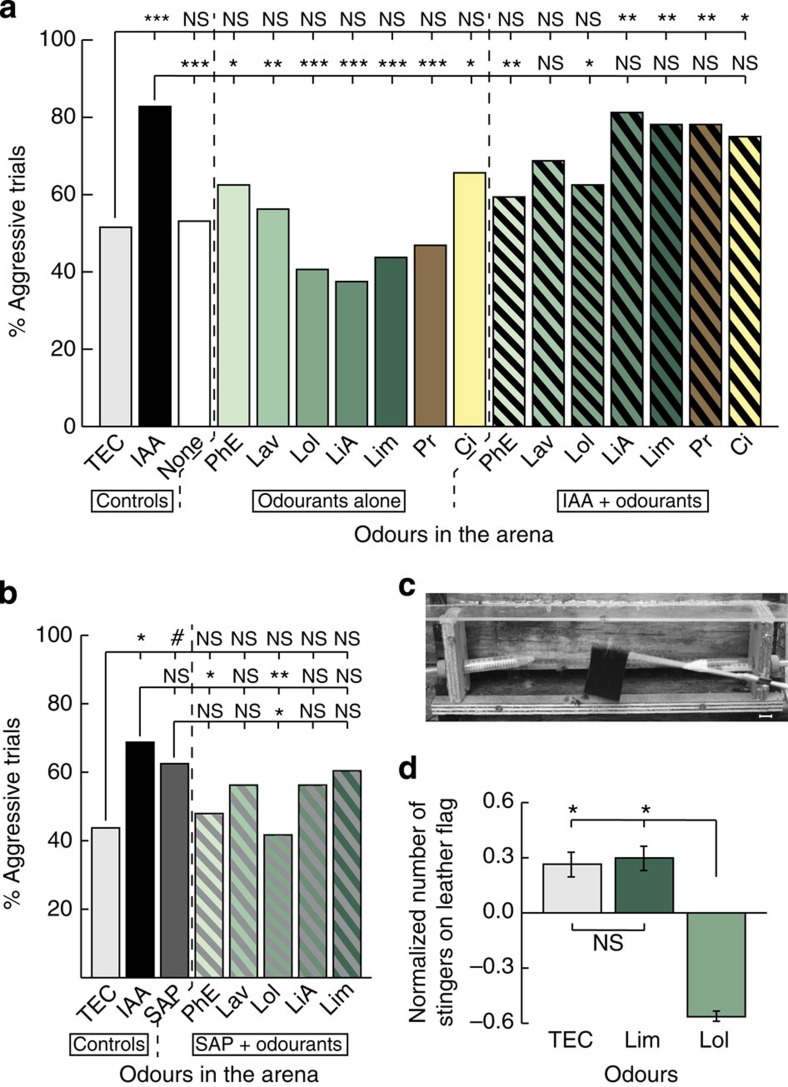Figure 2. Some floral odours block the aggressive response to the alarm pheromone.
(a) Percentage of aggressive trials recorded as a function of the odours blown inside the arena. ‘Controls' include TEC (solvent), IAA (alarm pheromone) and None (no odour). ‘Odourants alone' shows that when the compounds were not associated with IAA, none of them had an impact on aggression. In the ‘IAA+Odourants' section of the graph, the same compounds are presented alongside the alarm pheromone. PhE and Lol significantly decrease the response to IAA and Lavender to a lesser extent. GLM; NS, not significant; P>0.1, *P<0.05, **P<0.01, ***P<0.001, n=128 pairs of bees in the TEC and IAA groups, and n=32 pairs in all the other groups. (b) Percentage of aggressive trials recorded as a function of the odours blown inside the arena. ‘Controls' include TEC (solvent), IAA (main component of the alarm pheromone) and SAP (sting alarm pheromone). The floral compounds have similar effects when presented alongside SAP (‘SAP+Odourants') than when they were presented alongside IAA. GLM; NS, not significant; P>0.1, #P=0.067, *P<0.05, **P<0.01, n=48 pairs of bees in each group. (c) Field test set-up around the entrance slit of a hive. The landing board, small wooden walls and plastic roof form the sides of the box (open here) used to create a stable atmosphere for odour delivery, which is done through the Falcon tubes. The black leather flag is jiggled via a small motor (not visible on the picture). Two aroused bees can be seen under the flag. Scale bar, 1.5 cm. (d) Number of stingers embedded on the leather flag depending on the odours blown in front of the hive, normalized per colony (mean±s.e.m.). Lol significantly decreases the number of bees engaging into defence of the colony. ANOVA with repeated measures, Bonferroni-corrected threshold α=0.017; NS, not significant; P>α, *P<α, n=16 trials per odour treatment.

